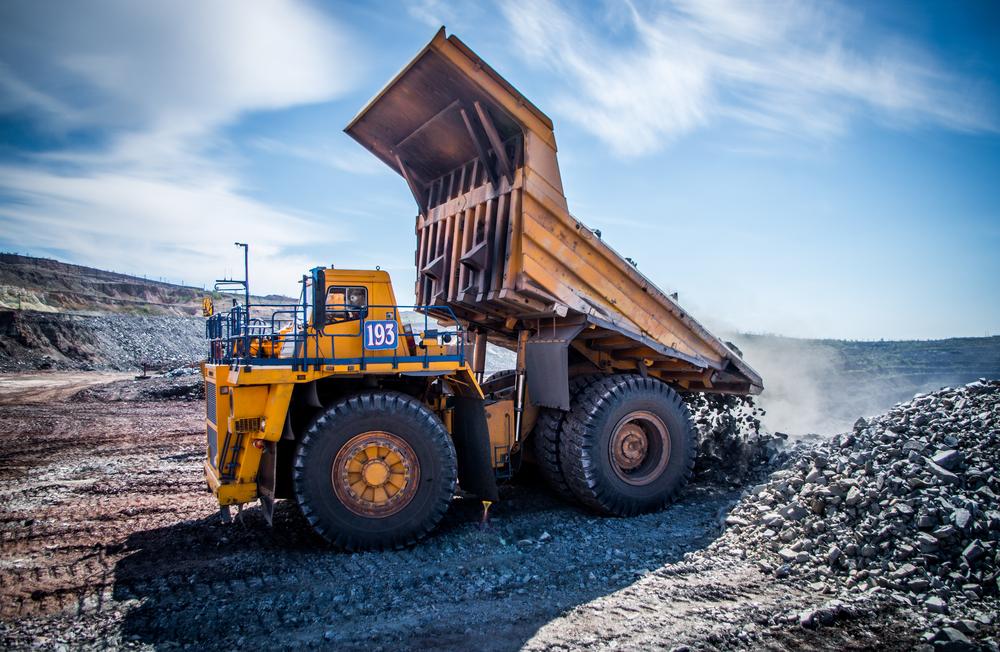Glencore PLC (LON:GLEN) have told the market that annual profit has been bruised, however has still beaten market and analyst predictions.
The mining firm said that profits were damaged by weaker commodity prices and trade uncertainty, but the fact that market expectations were beaten remains a positive factor for Glencore.
Glencore reported adjusted earnings before interest, tax, depreciation and amortisation of $11.60 billion for 2019, a 26% fall from a year ago.
Despite the 26% fall, this still beat company-compiled analyst consensus which was predicted to be $11.25 billion.
With regards to their dividend, the CEO commented:
“We are again recommending to shareholders a 2020 base distribution of $0.20 per share, payable in two equal instalments, which is comfortably covered (c.1.5x) by current annualised business free cashflow generation, even applying the presently weakened coronavirus discounted commodity prices.”
Adjusted earnings before interest and tax dived 55% to $4.15 billion, while Glencore reported a net loss attributable to equity holders of $404 million after a profit of $3.41 billion the year before.
Notably, the company’s net debt remains above their target range which was $10 billion to $16 billion, and currently stands at $17.56 billion.
The current net debt is 19% higher than the figure one year ago, and was higher than market forecasts of $17.12 billion.
Within its industrial mining unit, there was a 32% fall in adjusted Ebitda to $9.0 billion due to weaker prices, mainly from coal and cobalt.
Glencore’s Chief Executive Officer, Ivan Glasenberg, commented:
“Our performance in 2019 reflected the prolonged and uncertain trade deal negotiations, generally weaker prices for our key commodities and some operational challenges experienced at our ramp-up/development assets. Adjusted EBITDA declined 26% to $11.6 billion.”
“Our Marketing business finished 2019 on a strong note, generating Adjusted EBIT of $2.4 billion, in line with 2018, with an excellent performance from oil and a stronger second half metals’ contribution, helping to offset the cobalt headwinds experienced in the first half.”
Glencore are also planning to step up their efforts to promote environmentally friendly policies. The firm outlined thier intentions to commit to the transition of a low carbon economy.
This follows many other oil majors and miners who are slowly seeing the importance of conducting business in a sustainable and ethical manner.
Glasenberg concluded:
“We are also pleased to report progress against our commitments to the transition to a low-carbon economy. We are on track to achieve a near doubling of our first GHG target with a reduction in Scope 1 and 2 emissions intensity of c.10% since 2016. Also, in line with our commitment to a Paris consistent strategy, we project a c.30% reduction in absolute Scope 3 emissions by 2035, including natural depletion of our coal and oil resource base over time.”
“Looking ahead, in the short-term, we are closely watching coronavirus developments and potential scenario impacts on global growth and markets. As shown over many cycles, our business has various defensive cashflow characteristics, stemming primarily from marketing activities, but also material exposure to precious metals and infrastructure and expected countercyclical working capital inflows. Our priorities for 2020 remain being focused on delivering sustainable long-term returns for all stakeholders, including via delivering a step-change in safety performance, realising the potential of our ramp-up assets, seizing further operational efficiencies, strengthening our balance sheet and managing the transition to Glencore’s next generation of leadership.”
Glencore’s steady start to 2020
A fortnight ago, the firm gave an update to the market reporting their production volumes.
Copper production fell 6% giving a total of 1.37 million tones, the firm said that this was caused by the scaling down and and placement into temporary care and maintenance of Mutanda in the Democratic Republic of the Congo, as well as Mopani’s extensive smelter refurbishment shutdown in Zambia.
However, the performance of the Katanga mine in Congo was something to note for shareholders as this allowed cobalt output to surge 10% to 46,300 tonnes.
In zinc mining operations, production was slightly up by 1% to 1.08 million tonnes, as gains in Australia and Peru accounted for slowdowns in Kazakhstan for safety reasons and at Antamina in Peru due to mine rescheduling.
Nickel production was down 3% at 120,600 tonnes, as the firm alluded to maintenance stoppages at Koniambo in New Caledonia as the main result for slumping production.
Coal production rose following new acquisitions in 2018 which were Hunter Valley Operations and Hail Creek in Australia. Within this, thermal coal output was up 5% to 123.9 million tonnes, and coking coal up 23% to 9.2 million tonnes.
Shares in Glencore trade at 228p (-3.57%). 18/2/20 10:48BST.

